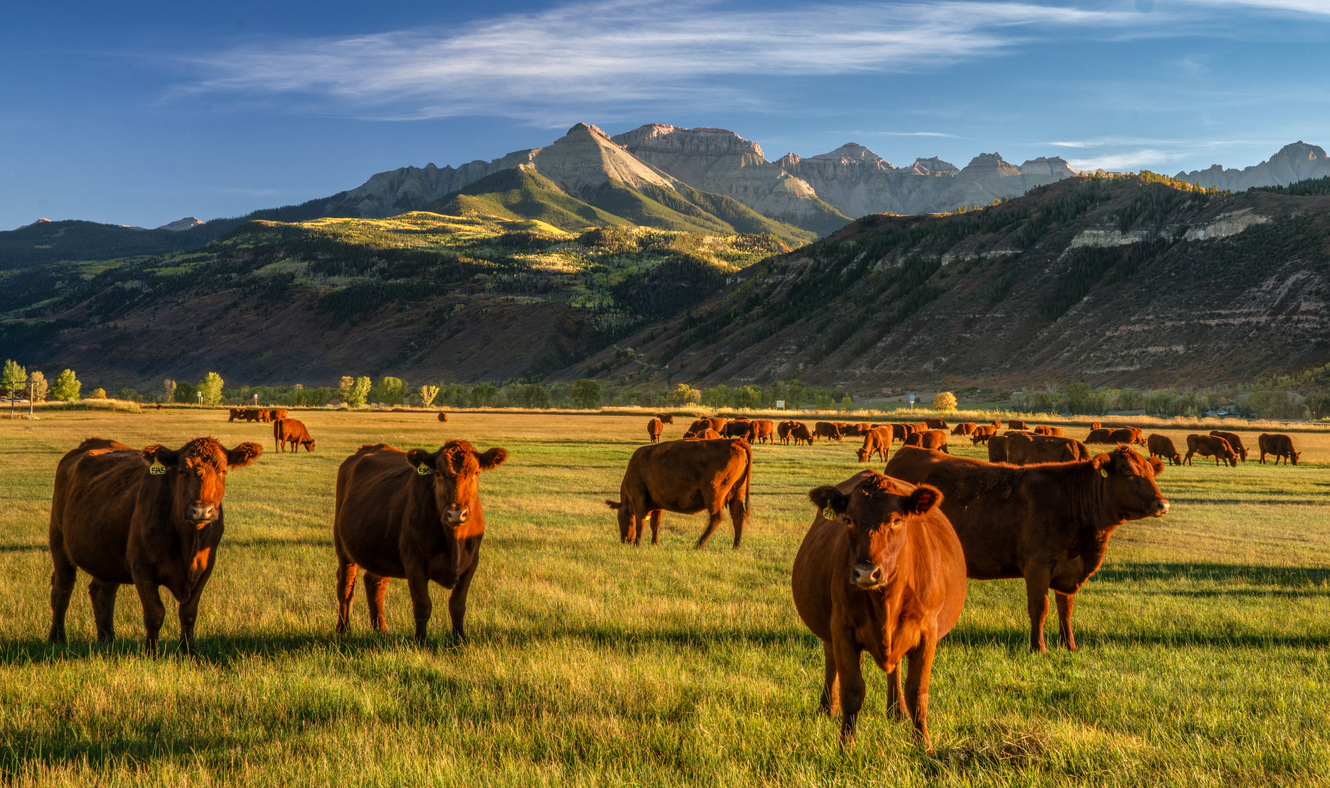Strategic Partnerships for Strength: Bagley Risk Management
Strategic Partnerships for Strength: Bagley Risk Management
Blog Article
Recognizing Animals Danger Security (LRP) Insurance: A Comprehensive Overview
Browsing the world of animals threat defense (LRP) insurance coverage can be a complicated venture for several in the agricultural industry. From how LRP insurance policy works to the various insurance coverage options offered, there is much to uncover in this thorough overview that can possibly shape the way animals manufacturers come close to threat monitoring in their companies.

How LRP Insurance Functions
Sometimes, recognizing the auto mechanics of Livestock Risk Security (LRP) insurance coverage can be complex, yet damaging down just how it functions can give clarity for farmers and ranchers. LRP insurance is a risk management device developed to protect livestock producers against unforeseen cost declines. It's essential to keep in mind that LRP insurance coverage is not a revenue guarantee; rather, it focuses exclusively on cost danger defense.
Qualification and Insurance Coverage Options

When it comes to insurance coverage alternatives, LRP insurance offers producers the adaptability to choose the coverage degree, protection period, and endorsements that ideal match their danger management needs. By recognizing the qualification requirements and protection options readily available, animals producers can make informed choices to handle risk effectively.
Advantages And Disadvantages of LRP Insurance Coverage
When assessing Livestock Threat Security (LRP) insurance, it is vital for livestock manufacturers to weigh the benefits and downsides integral in this danger management tool.

One of the key advantages of LRP insurance coverage is its ability to provide protection against a decline in animals rates. Additionally, LRP insurance offers a level of flexibility, allowing producers to customize protection degrees and plan periods to suit their particular needs.
However, there are additionally some downsides to consider. One restriction of LRP insurance policy is that it does not protect against all sorts of dangers, such as disease break outs or natural calamities. In addition, premiums can occasionally be pricey, specifically for manufacturers with huge livestock herds. It is vital for manufacturers to meticulously analyze their specific risk direct exposure and monetary scenario to determine if LRP insurance coverage is the appropriate threat administration device for their procedure.
Comprehending LRP Insurance Policy Premiums

Tips for Optimizing LRP Advantages
Making best use of the benefits of Livestock Threat Security (LRP) insurance coverage calls for calculated preparation and aggressive risk management - Bagley Risk Management. To take advantage of your LRP coverage, consider the following ideas:
Frequently Assess Market Conditions: Remain educated concerning market patterns and cost changes in the livestock market. By keeping an eye on these variables, you can make enlightened choices concerning when to acquire LRP insurance coverage to shield versus possible losses.
Establish Realistic Insurance Coverage Degrees: When picking insurance coverage degrees, consider your manufacturing expenses, market price of animals, and possible dangers - Bagley Risk Management. Establishing sensible protection degrees guarantees that you are properly secured without overpaying for unnecessary insurance
Diversify Your Coverage: Rather than depending entirely on LRP insurance, consider expanding your danger management strategies. Combining LRP with various other threat administration tools such as futures contracts or options can give thorough insurance coverage versus market uncertainties.
Review and Adjust Coverage Regularly: As market problems transform, occasionally examine your LRP coverage to ensure it lines up with your current danger exposure. Changing coverage levels and timing of purchases can assist maximize your risk defense technique. By adhering to these suggestions, you can maximize the advantages of LRP insurance and guard your livestock operation versus unexpected threats.
Conclusion
Finally, livestock threat protection (LRP) insurance policy is a beneficial tool for farmers to take care of the financial threats linked with their animals operations. By understanding just how LRP functions, eligibility and coverage choices, in addition to the advantages and disadvantages of this insurance coverage, farmers can make informed choices to secure their incomes. By meticulously considering LRP costs and carrying out strategies to optimize advantages, farmers can mitigate prospective losses and make certain pop over here the sustainability of their operations.
Livestock manufacturers interested in getting Livestock Threat Security (LRP) insurance can discover an array of qualification standards and insurance coverage alternatives customized to their details animals procedures.When it comes to insurance coverage alternatives, LRP insurance policy go to my site offers manufacturers the adaptability to pick the insurance coverage level, insurance coverage duration, and endorsements that best suit their threat monitoring demands.To realize the intricacies of Animals Threat Protection (LRP) insurance coverage completely, comprehending the elements influencing LRP insurance policy costs is critical. LRP insurance policy premiums are determined by various components, consisting of the protection level chosen, the anticipated cost of animals at the end of the insurance coverage duration, the kind of livestock being insured, and the size of the coverage period.Review and Adjust Coverage Regularly: As market conditions alter, regularly review your LRP insurance coverage to guarantee it lines up with your present danger direct exposure.
Report this page